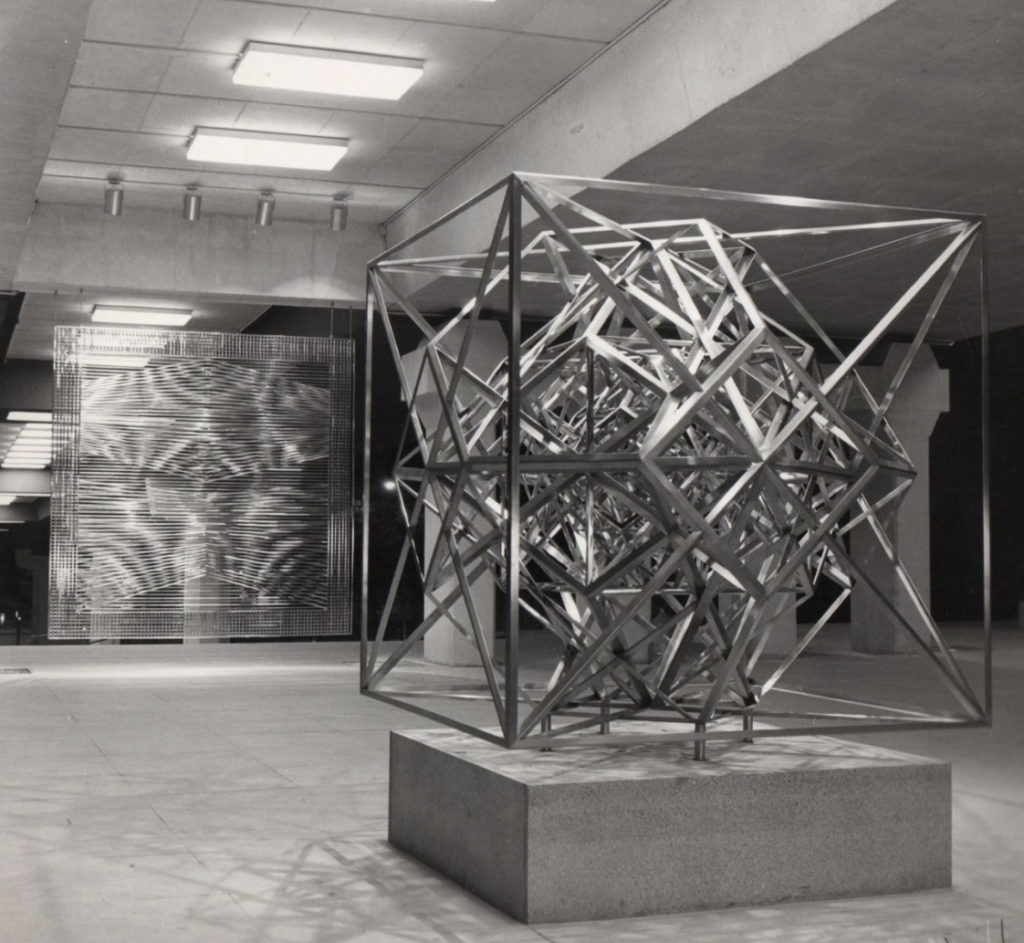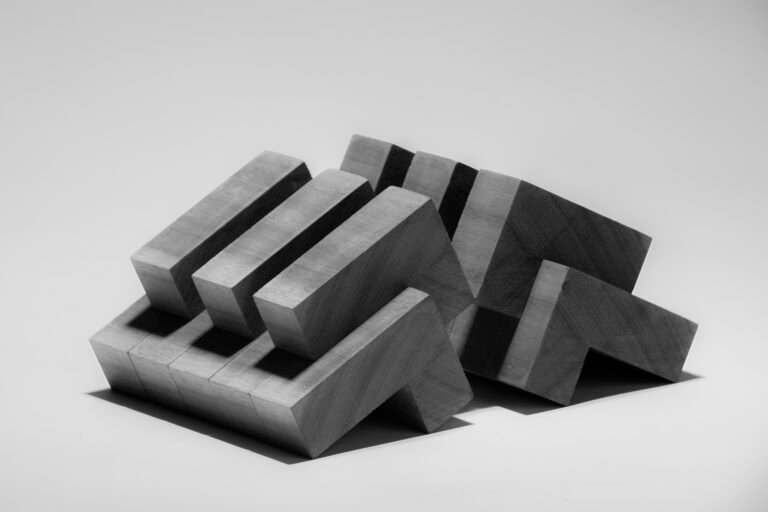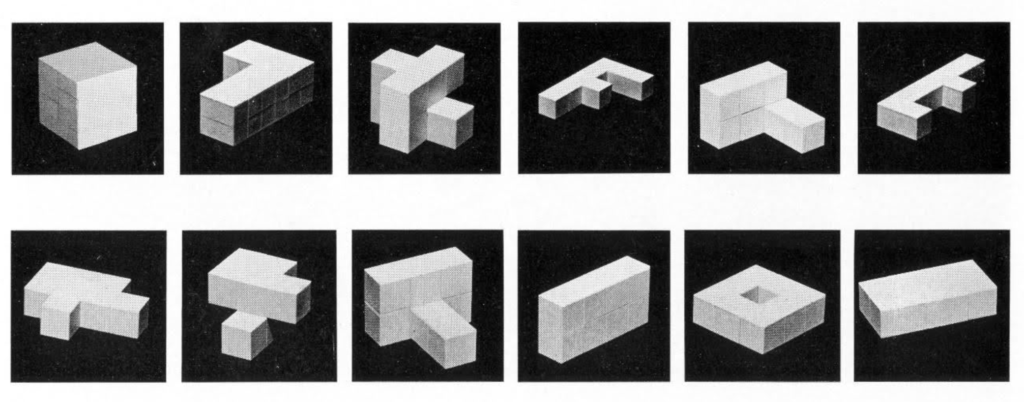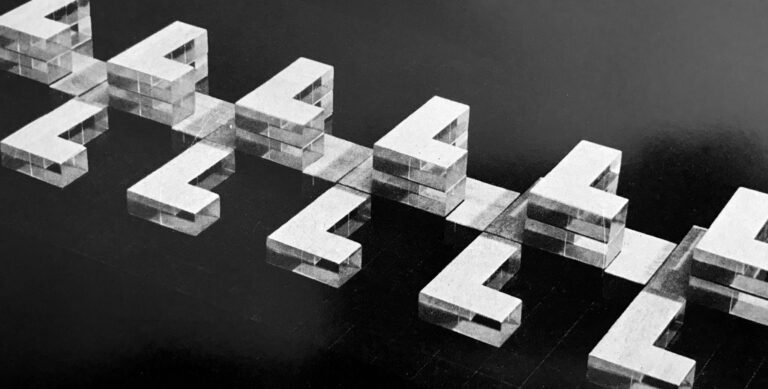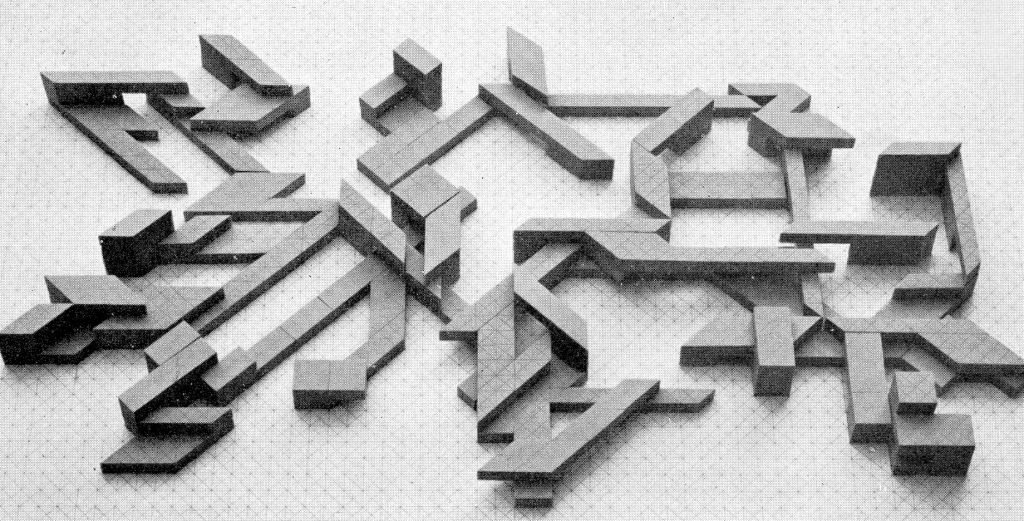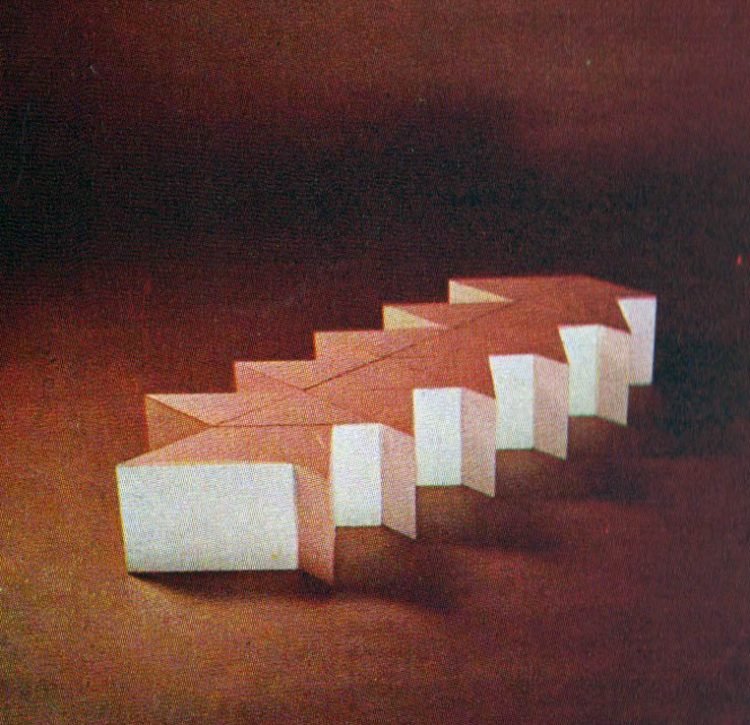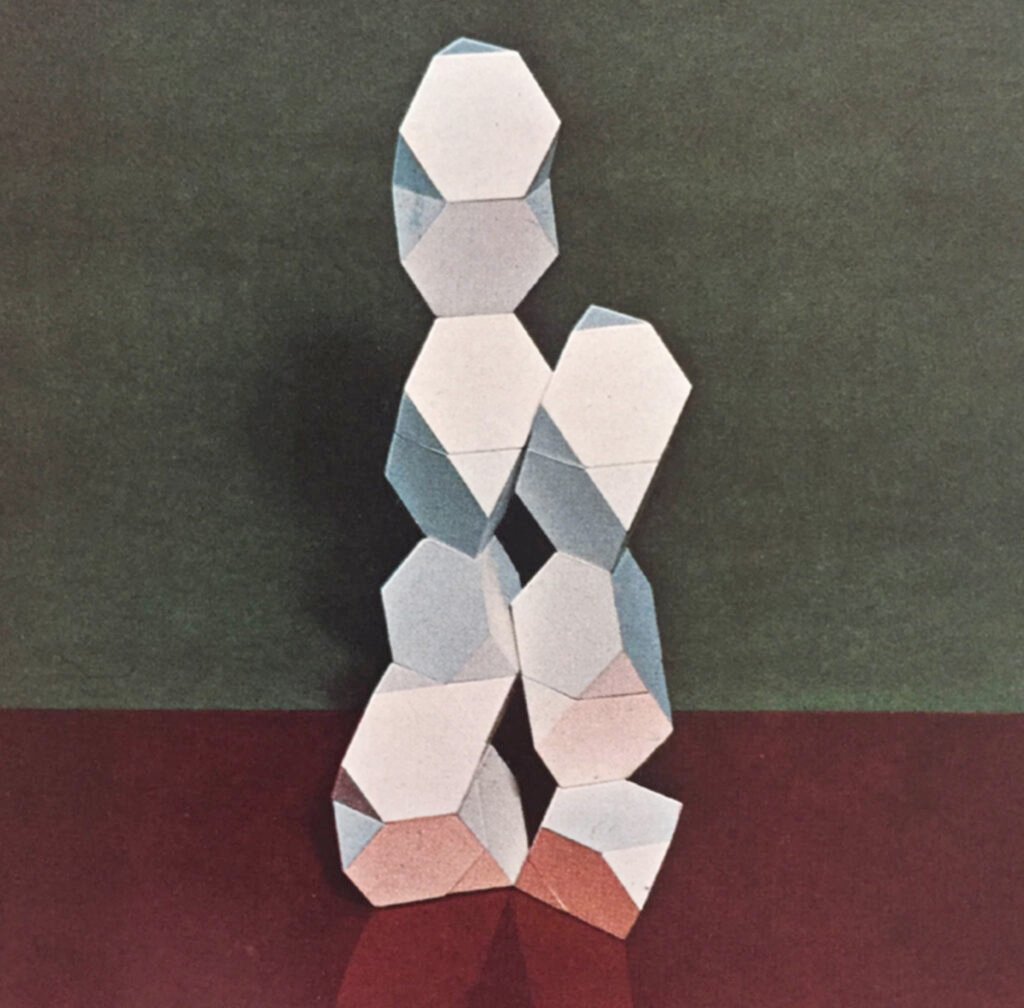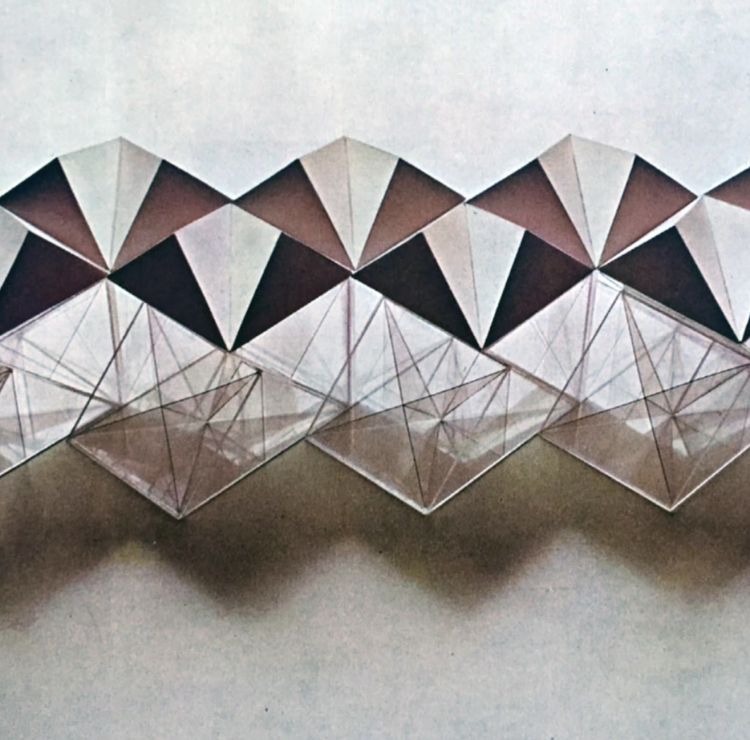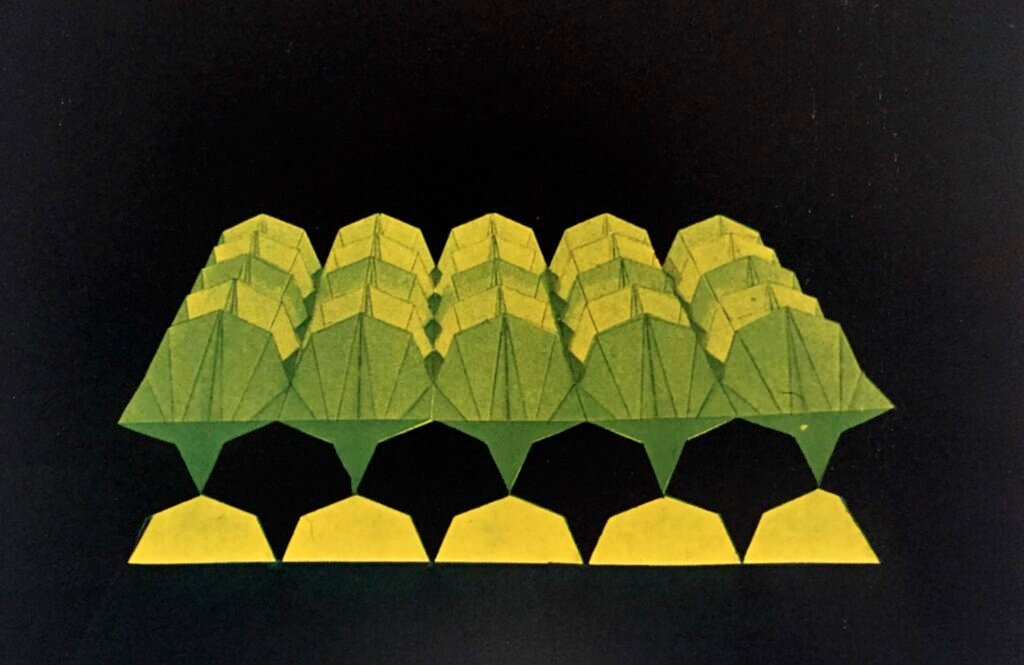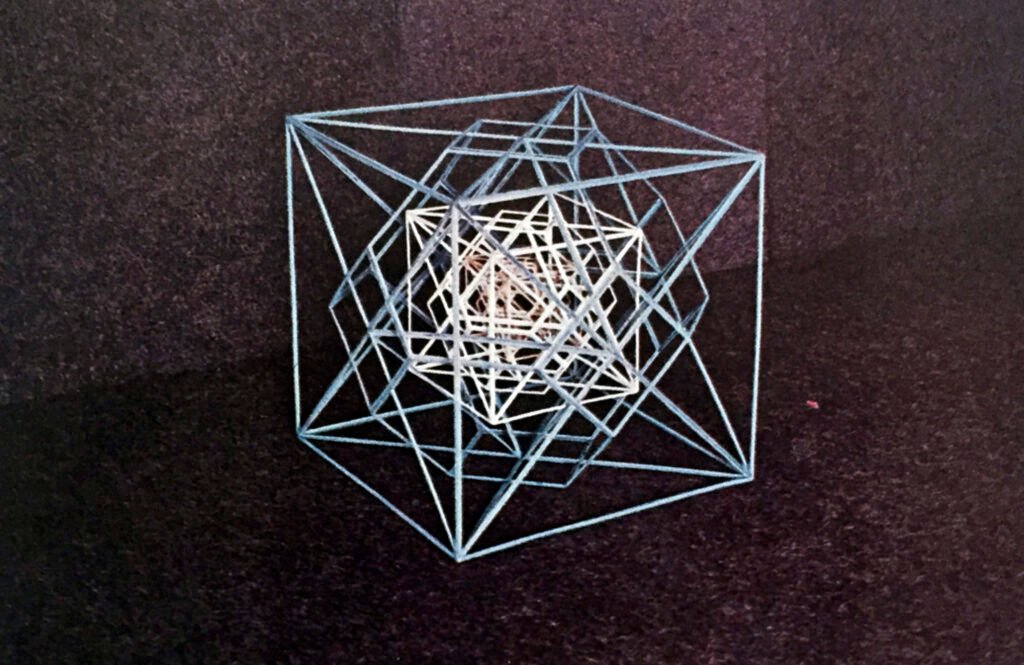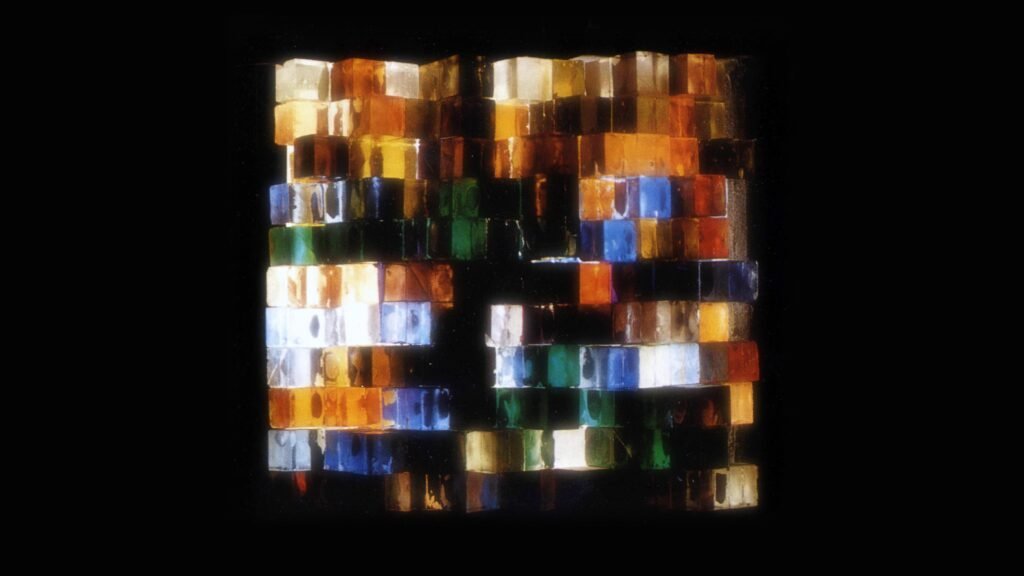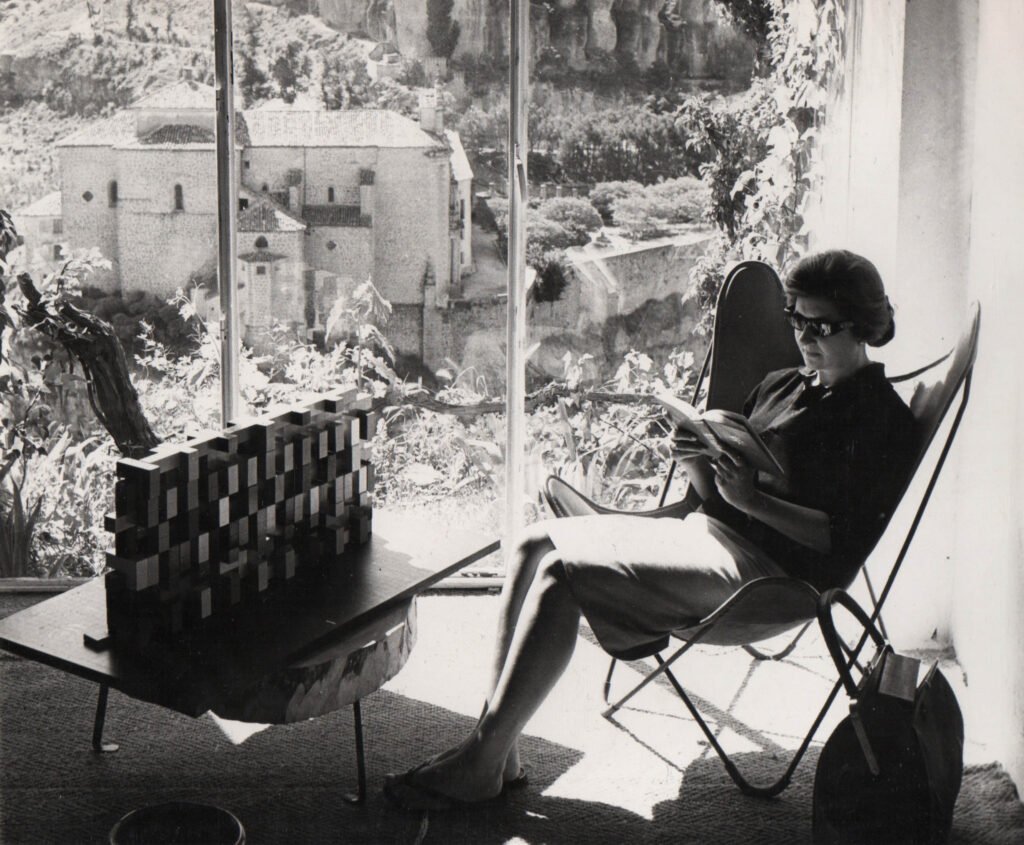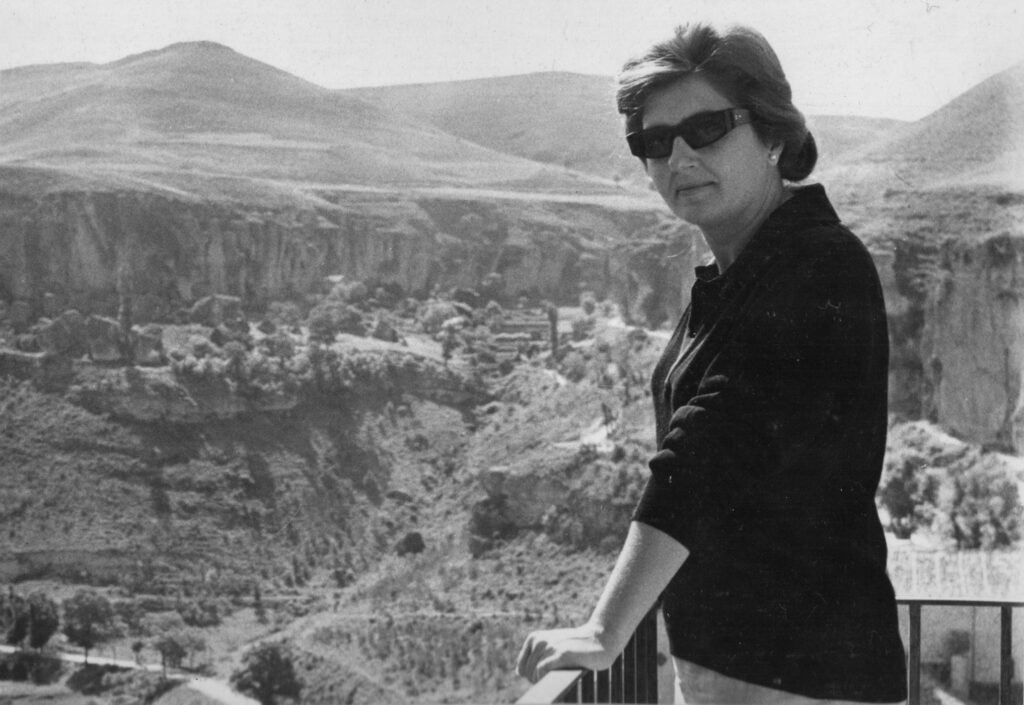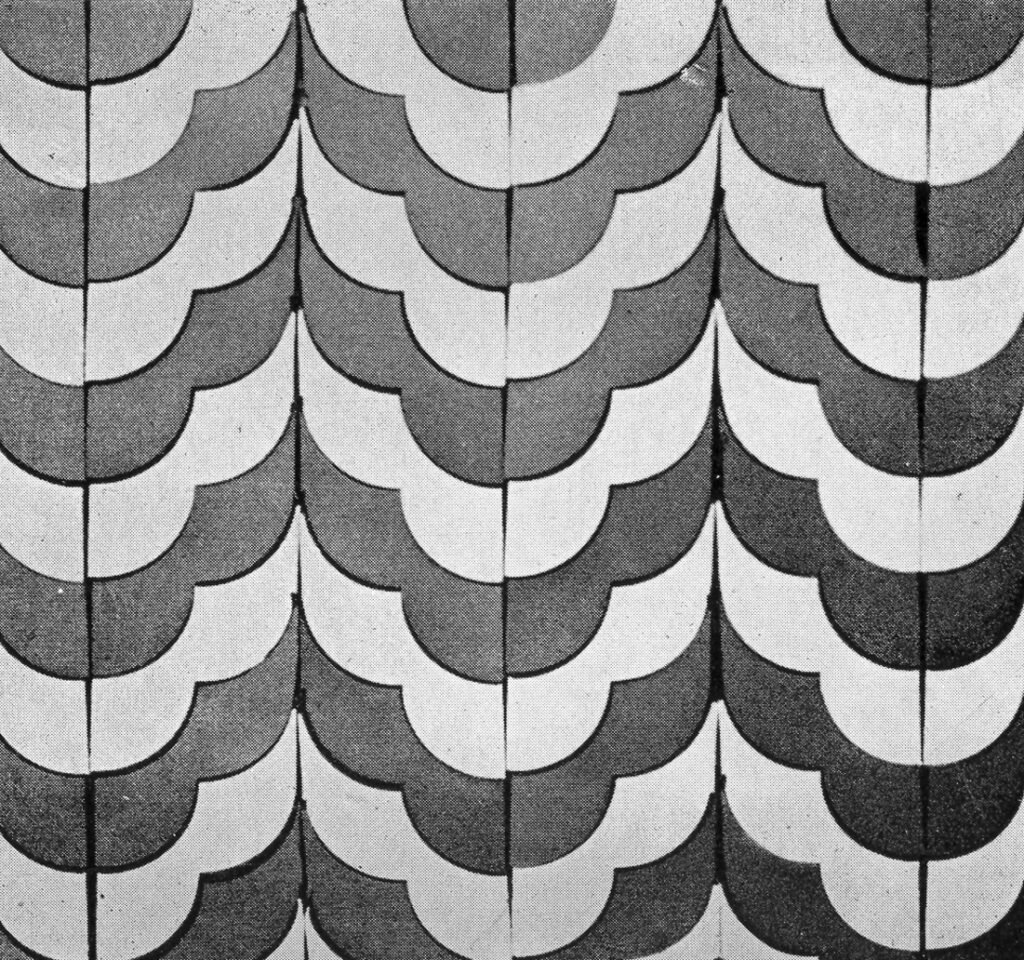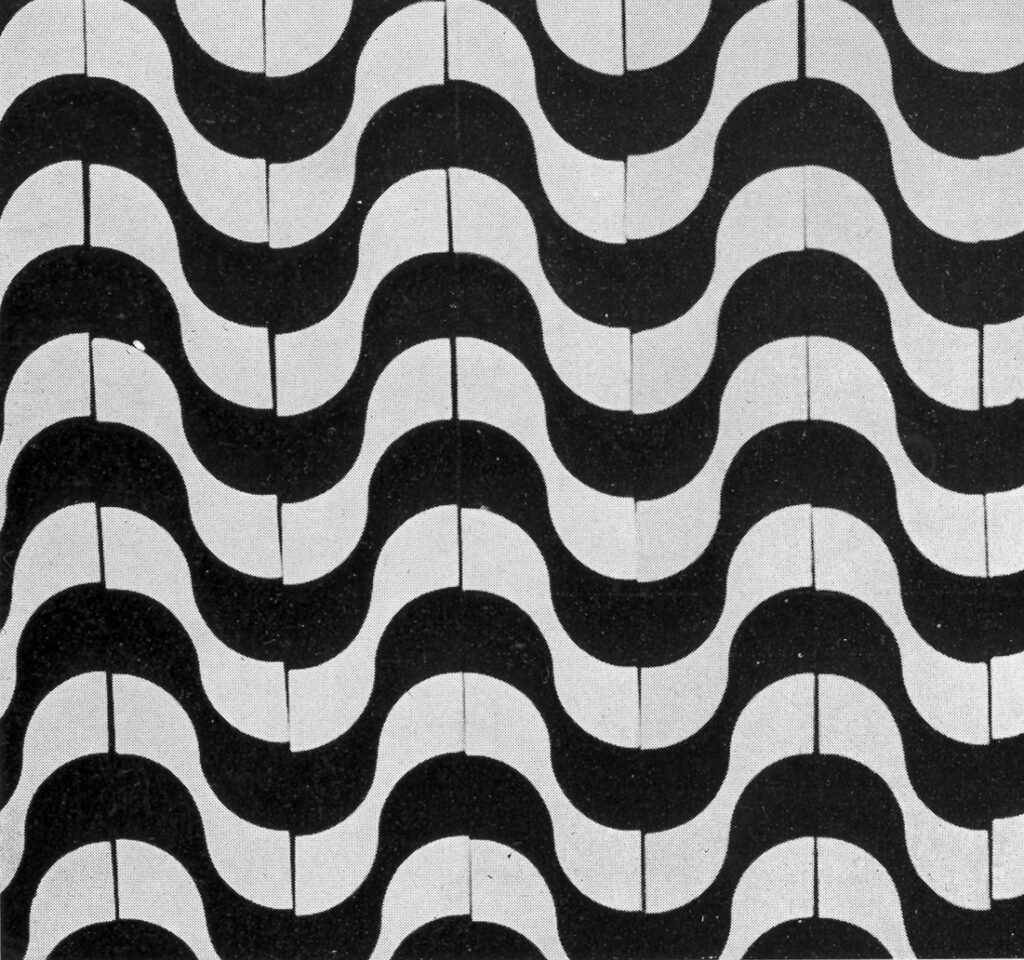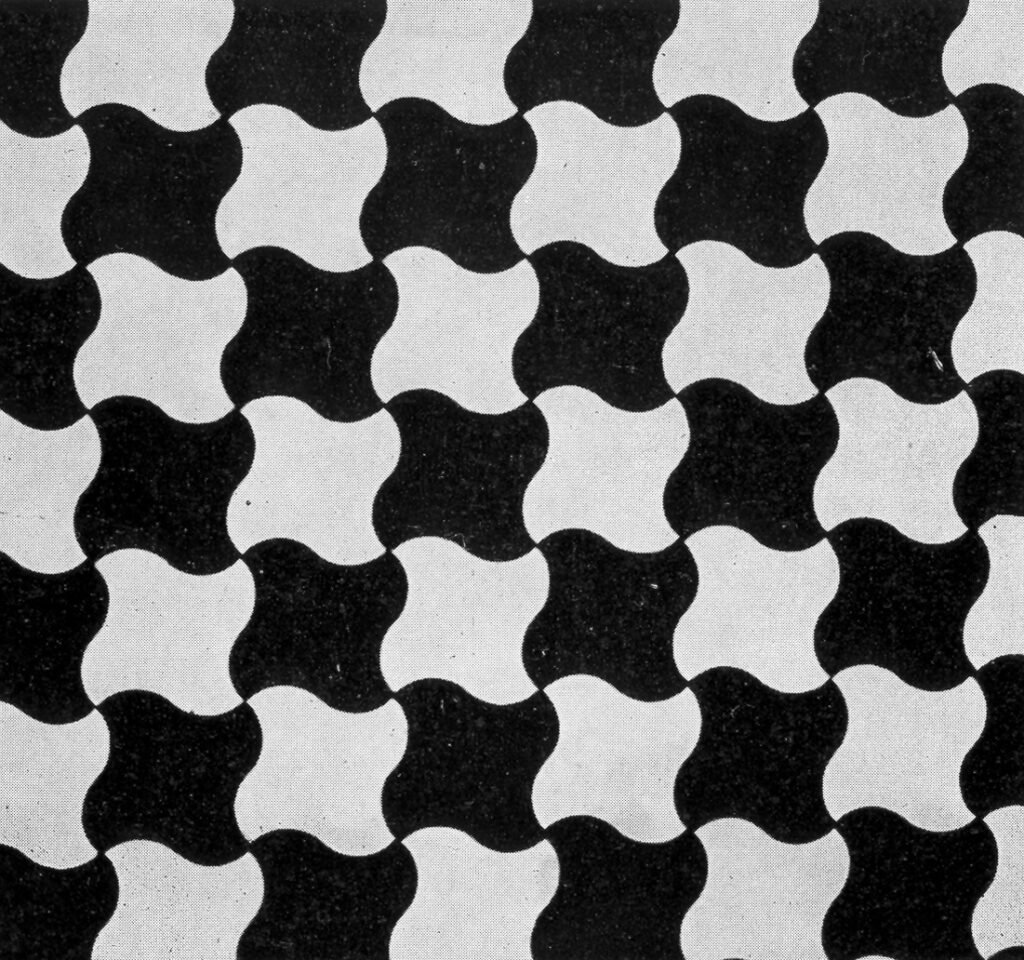Art
Rafael Leoz’s artistic work is an extension of his spatial research. His sculptures are geometric elements with the character of a scientific and visual experiment.
‘Hyperpolyhedral Structure of Space’ Rafael Leoz, Museo al Aire Libre de La Castellana (The Castellana Open Air Sculpture Museum) (Madrid).
When the architect Rafael Leoz realised that construction systems did not take advantage of the possibilities of the modern industry, he decided to abandon his professional career to devote himself to the study of a geometric systematisation of the architectural space that would make more rational construction and multiple, suggestively varied developments possible.
This is how he discovered that the spaces that solve the homes can be assumed as geometrically elementary modules and that, supported by spatial wefts that organise their isotropic possibilities, they can generate groups and subgroups that multiply the combinatory possibilities in an exponential way. The ‘Módulo Hele’ is one such group: three aligned cubes plus an adjacent one at one end, which can be joined with others of the same type to form groups of varying complexity or simplicity. It was not a random or casual choice, but the fruit of a comparative study to choose the form with the greatest combinatorial fertility. The ‘Módulo Hele’ only needs three other pieces like it to form it, the sum of the sides of its perimeter contains harmonic proportions (1, 1, 2, 2, 3 Fibonacci Succession) and if we endow the module with three-dimensional volume, we only need 16 to form a cube.
This system represented the potential of the harmonic systematisation of the industrialisation of architecture, since with just a few elements, infinite harmonic solutions could be obtained. They were architectural atoms that were organised into architectural molecules.
It is this connection with the art world that is responsible for Leoz’s work also having a place in it. The design of models, as a test of his ideas, led him naturally to create sculptures based on these same principles. A logical process if one takes into account that the analysis of space and its arrangement is an object of study in architecture, but also in the field of sculpture.
Leoz saw this strong connection between science and art clearly, which led him to industrialised design in other fields. “It is the same for urban planning as for gardening, paving, stained glass, etc”.In the same way, this geometric systematisation was valid for the design of paper, printed fabrics, tiles or jewellery, promoting the integration of all the visual arts under the umbrella of Architecture.
“All this should be done in close collaboration with pure artists: musicians, painters, sculptors, aesthetes, etc., etc.”. Such was the interweaving of Leoz’s ideas with other artistic disciplines that the architect Luis Moya referred to the spatial networks by comparing them to the “system of octaves, times and intervals that organise sound space”. This metaphor turned the hele Module into an “elementary chord, which is already music, even if it is not a complete musical work”.
This metaphor turned the Hele Module into an “elementary chord, which is already music, although it is not a complete musical work.”
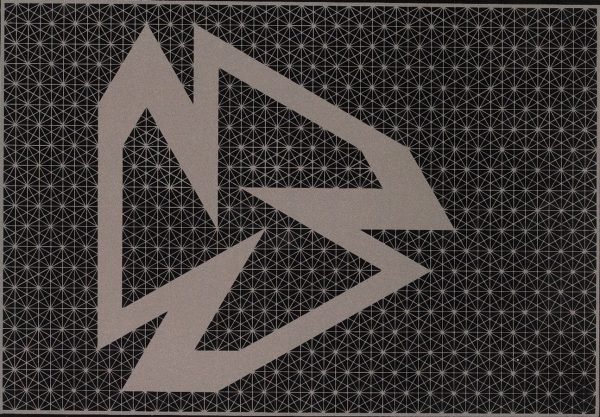
It is this connection with the art world that is responsible for Leoz’s work also having a place in it. The design of models, as a test of his ideas, led him naturally to create sculptures based on these same principles. A logical process if one takes into account that the analysis of space and its arrangement is an object of study in architecture, but also in the field of sculpture. Leoz’s artistic work, developed within abstraction, is therefore an extension of his spatial studies, his sculptures being geometric elements with the character of a scientific and visual experiment, as is evident in his sculpture ‘Estructuración hiperpoliédrica del espacio’ (Hyperpolyhedral Structuring of Space‘), which is the practical realisation of one of his systems of division of space: that which uses geometric bodies that are arranged one inside the other, forming a decreasing series. This piece is, in the artist’s own words, a ‘volumetric, symbolic and compendious representation’, in which a certain division and spatial arrangement of the cube is studied and is an abstraction of Leoz’s theories.
This artistic facet of Leoz’s work led him to form part of various groups that brought together artists from different disciplines, such as painters, sculptors and poets, always with the desire to integrate the arts.
The Muestra Española de Nuevas Tendencias (‘Spanish Exhibition of New Tendencies’) (MENTE), organised in Barcelona by Juan Mas, Daniel Giralt-Miracle and Jordi Pericot, brought together artists concerned with, in the words of Julián Gil, “everything that could relate the work of art to the new techniques and the new sciences”.
A stained-glass piece built by Leoz in 1966 was acquired by the Museo de Arte Abstracto (Museum of Abstract Art) in Cuenca, which can now be found in the collection of the Fundación March and is considered to be his first sculptural piece.

